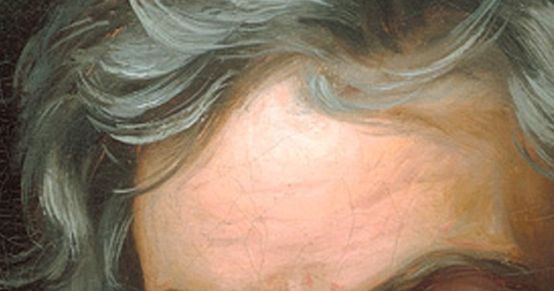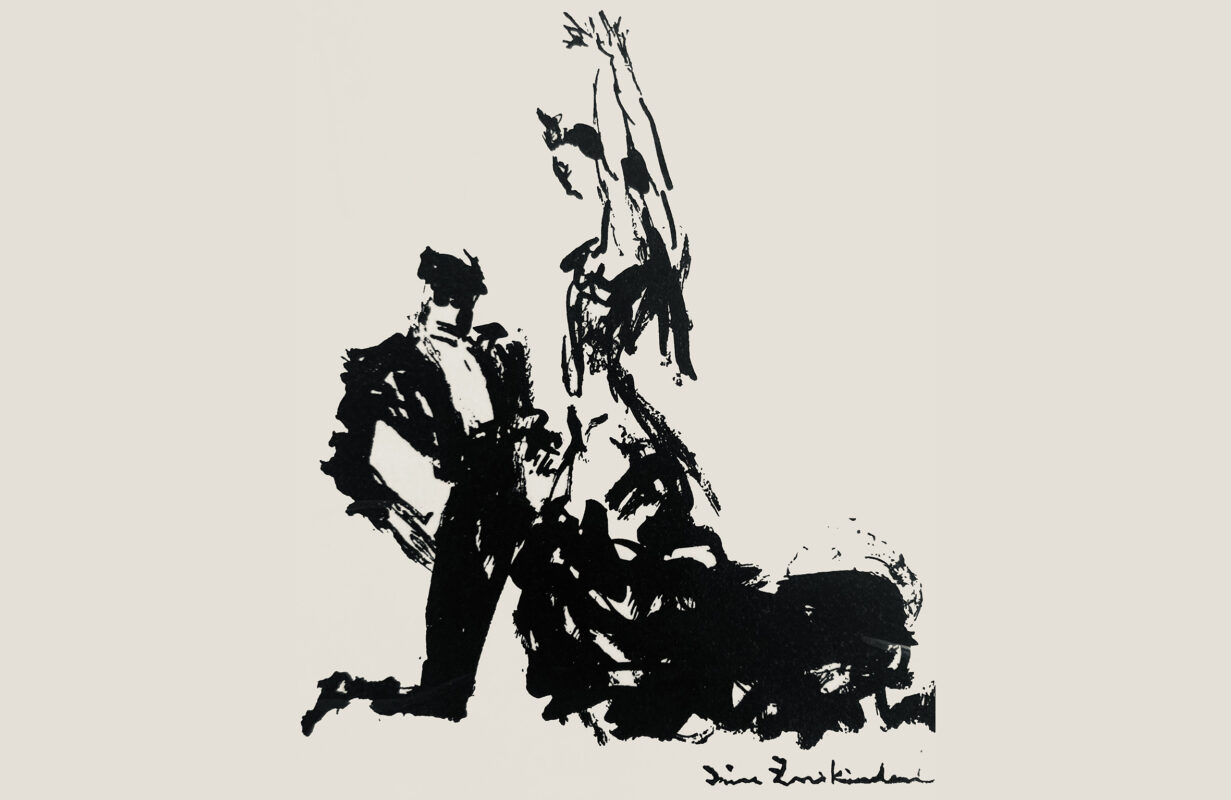Sonata for Piano No. 32
Beethoven every Friday: to mark his 250th birthday, we take a look at one of his works every week. Today it's the Sonata for Piano No. 32 in C minor.

Although composed in 1821/22 and therefore by no means a "last work", the Piano Sonata No. 32 in C minor op. 111 is shrouded in an aura of mystery. Adolf Bernhard Marx already titled the corresponding chapter of his 1859 biography of Beethoven "Farewell to the Piano". Thomas Mann referred to this in his Doctor Faustus but diagnosed, seconded by Theodor W. Adorno and more factually accurate, a "farewell to the sonata" in a double sense - namely in Beethoven himself, but also with regard to the genre, which could no longer really assert itself on the market. In 1839, Robert Schumann noted with a saddened look at the piano sonata: "The public is hard to buy, the publisher is hard to print, and the composers are deterred by all sorts of reasons, perhaps also internal ones, from writing such old-fashioned works."
The situation is, of course, more complicated (as is so often the case), especially as Beethoven's "farewell" was a long and by no means straightforward process. For example, the last piano concerto (op. 73) was composed as early as 1810, the last piano trio (op. 97) the following year. On the other hand, the Diabelli Variations (op. 120) was only completed after the Sonata op. 111, as were the sometimes quite experimental Bagatelles op. 126. So what are we to make of characterizations that see the sonata as a "testament", as "profound music of the spheres", as "final spiritualization, dissolution in space" or as a "prelude to silence"? They cannot be related specifically to Beethoven or to a contemporary source. However, they offer the opportunity to put one's own feelings about the music into words, to reveal more about the musical language and expression than a purely technical-analytical description can.
In fact, the poetically shaped interpretations refer less to the first movement with its truly stormy, polyphonic main idea. Rather, they are aimed at the second (and last) movement - an arietta with variations in which the material is not merely colored, but often transcends into pure sound.
Listen in!
Never miss an episode
Would you like to be reminded whenever a new blog entry is published? Subscribe to our newsletter or the RSS feed!








